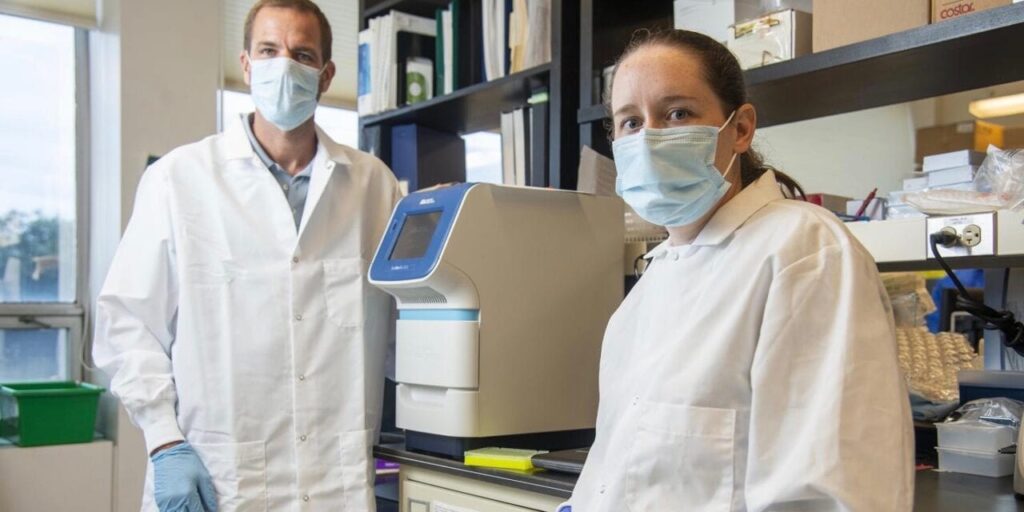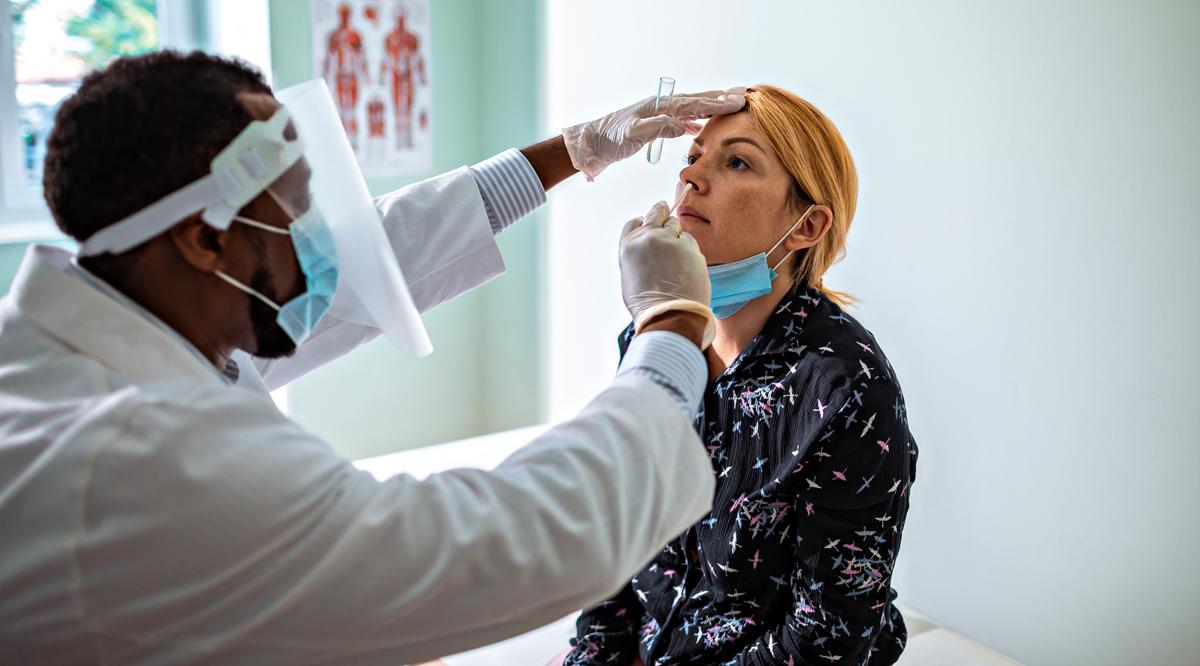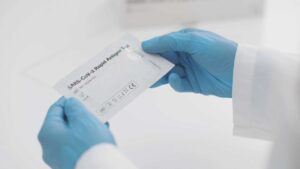Today, you can get fast antigen tests in pharmacies and grocery stores to check for COVID-19 at home in 15 minutes.
The rapid antigen tests are practical and provide findings in 15 to 20 minutes. Self-testing, immunization, handwashing, masking and social distancing are crucial tools in the fight against coronavirus. Compared to regular PCR testing, which most of us are familiar with, you’ll receive your results significantly sooner.
Here’s how to make the most of these quick rat tests and raise the likelihood that you’ll get a positive result.
Related: Childcare tips for COVID and rapid antigen tests

A reminder of what a rapid antigen test is
Proteins from SARS-CoV-2, the virus that causes COVID-19, are found in a sample by a quick antigen test. By using a nasal swab or saliva, you can gather the piece at home on your own.
Most of us are familiar with the polymerase chain reaction, or PCR, but the test is different. It recognizes virus genetic material. Health professionals with the appropriate training collect the PCR samples, and qualified lab personnel perform the processing.
Anyone with a reasonable level of competence can do rapid antigen tests anywhere. Depending on the test, you can receive a result in about 15 minutes, and this is an advantage compared to PCR result duration, which is about hours or days.
Rapid antigen testing, however, lacks the PCR tests’ level of accuracy. False-negative results—where the test says you don’t have COVID-19 when you do—or false positive results—where the test says you do but don’t—are more common.
Although they are not difficult, it is crucial to follow the instructions carefully. The procedures of a home antigen test and offer some advice on how to proceed are outlined here. Please read the manufacturer’s instructions before performing any test because many operate similarly, but some do not.
However, the results are more accurate if you perform a fast antigen test while experiencing symptoms or within seven days of a probable exposure.
Why is a rapid antigen test important?
If you need to find out immediately if you have COVID-19, rapid antigen tests are helpful. For instance, you could wish to protect older relatives who will be attending a family event where there will be several vulnerable people.
If you exhibit symptoms of COVID-19 and cannot obtain a PCR test very away, you may also perform a rapid antigen test.

Which test to use
This is divided into two classes. They assess the saliva or nasal secretions collected with a nasal swab, spitting into a tube, or mouth swabbing.
Those who use nasal swabs and have “extremely high sensitivity” are more likely to find an actual SARS-CoV-2 infection.
How to perform the test
There are instructions for tests. To get an accurate outcome, you must adhere to the directions strictly.
Depending on the test type, you will take a saliva sample or nasal secretions and put them into a chemical solution.
The sample-containing chemical solution is then applied to an indicator device akin to a pregnancy test. The change in colour here indicates a successful outcome.
rapid antigen test for SARS-CoV-2
Rapid antigen testing resembles pregnancy tests in appearance.
Tips to get an accurate result
Observe the following instructions to get an accurate result on a rapid antigen test:
Verify the expiration date. Please don’t use a test that has passed its expiration date; specific tests require 30 minutes of room temperature before usage. Therefore, be prepared and blow your nose before taking the sample if you plan to use a nasal swab. If utilizing a saliva test, wait 10 minutes after eating or drinking to collect the sample to prevent contamination.
Regardless of the test, the instructions may urge you to wash or sanitize and dry your hands, prepare a flat surface, and arrange the test objects. Do not, under any circumstances, touch the swab’s business end (the soft end that goes in your nose), as doing so will contaminate it.

Adhere according to the sample collecting guidelines. For instance, it might instruct you to enter a nasal swab 2 cm, rotate it five times, and do this in both nostrils. The sample is placed in the chemical solution after being collected.
A predetermined number of drops of the solution should be placed on the indicator gadget. Don’t add anything additional “for luck,” and read the findings at the precise time advised. For instance, the instructions might state that you must wait at least 20 minutes after adding the solution before reading the results. The outcome might no longer be accurate after 20 minutes.
If you or your child is found to have COVID-19, put on a mask, stay away from family and friends, and contact your primary care physician or your child’s paediatrician.
The coloured line on the test kit
The coloured lines show a positive COVID result on a quick antigen test
A positive COVID test requires the presence of both the C and T lines.
It would be best if you were on the lookout for two coloured lines. A C is one (the control). This lets you know whether the test is running correctly. A T (test) or Ag is the alternative (antigen). And it is the combination of them that determines the outcome: the test is faulty if the C-colored line does not appear. You might not have used the test kit properly, or the test kit may have expired.
Your test is negative (you’re unlikely to have COVID-19) if the T (or Ag) line does not appear and the C-colored line appears.
If both the C and T (or Ag) lines are visible, your test is positive, and COVID-19 is most likely the cause.
Conclusion
Congratulations if your test is negative and you don’t have any symptoms! Take a PCR test to determine if you have symptoms but a negative result. Until then, keep your distance from other people.
If the result is positive, you should immediately confirm it with a PCR test and, in the interim, self-isolate.


